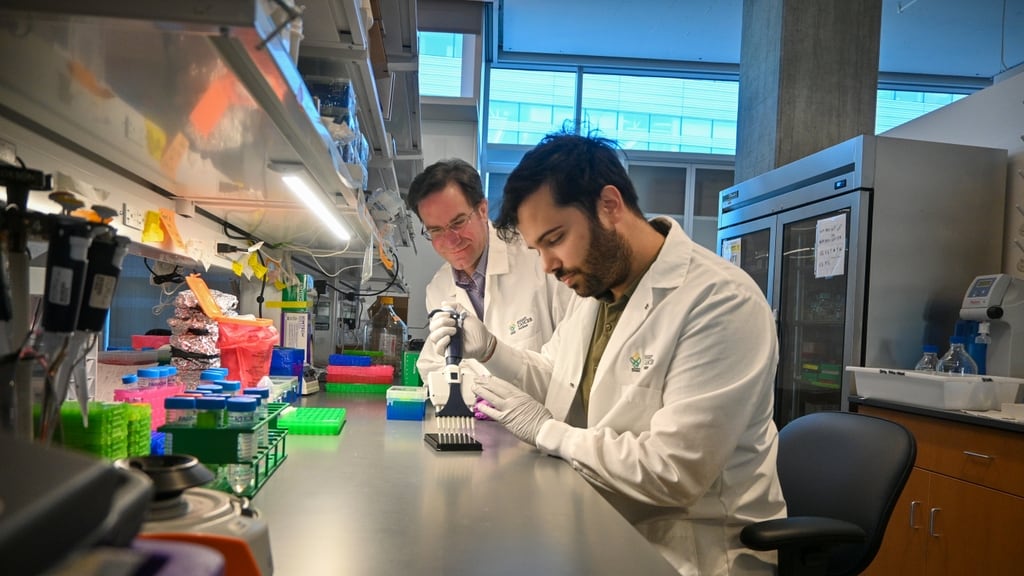If there’s one kind of cancer that no one wants, it’s cancer of the pancreas. It’s hard to detect, which gives it time to grow and wreak havoc, and it’s deadly.
Researchers at Oregon Health & Science University say they’ve come up with a way to expose this killer earlier, using just a small sample of blood. Existing blood tests either aren’t specific to pancreatic cancer or are inaccurate, according to the American Cancer Society. That leaves expensive imaging and invasive biopsies.
The OHSU researchers call their test “PAC-MANN,” which stands for “protease activity-based assay using a magnetic nanosensor.“ In alt-weekly terms, that means they figured out how to find evidence of pancreatic cancer by making proteins present in the blood of people with tumors light up when exposed to another protein.
PAC-MANN must go through more trials before it’s available. OHSU announced the results just days after the Trump administration slashed funding for scientific research from the National Institutes of Health, a move that will cost OHSU about $73 million. The NIH funded part of the PAC-MANN research, OHSU said.
“The problem with pancreatic cancer is that we often catch it too late,” said Jared Fischer, Ph.D., a scientist at the OHSU Knight Cancer Institute’s Cancer Early Detection Advanced Research Center. “Our goal with PAC-MANN is to give clinicians a tool that can detect the disease much earlier, when more treatment options are available and there is a better chance of survival.”
Fischer is the corresponding author of a report on PAC-MANN, published today in the journal Science Translational Medicine. The corresponding author is the one who answers questions about it for the medical journal editors. The study’s lead author, Jose L. Montoya Mira, Ph.D., is a research engineer at OHSU.
“Our test could be used for people at high risk of pancreatic cancer, which is not targeted by current tests,” Montoya said. “It allows for a more robust and less invasive screening, unlike an endoscopic ultrasound and other liquid biopsy tests that require large volumes of blood.”
The PAC-MANN test correctly distinguished patients with pancreatic cancer from those without 98% of the time, the researchers said. It also helped spot early-stage cancer with 85% accuracy when used along with an existing blood test.
And, it’s economical.
“The big difference with this test is the cost,” Montoya said. “It takes only 8 microliters of blood and 45 minutes to run the test at a cost of less than a penny per sample. This could easily be used in rural and underserved settings, where traditional tests are not or cannot be used.”
